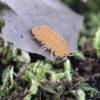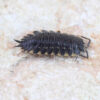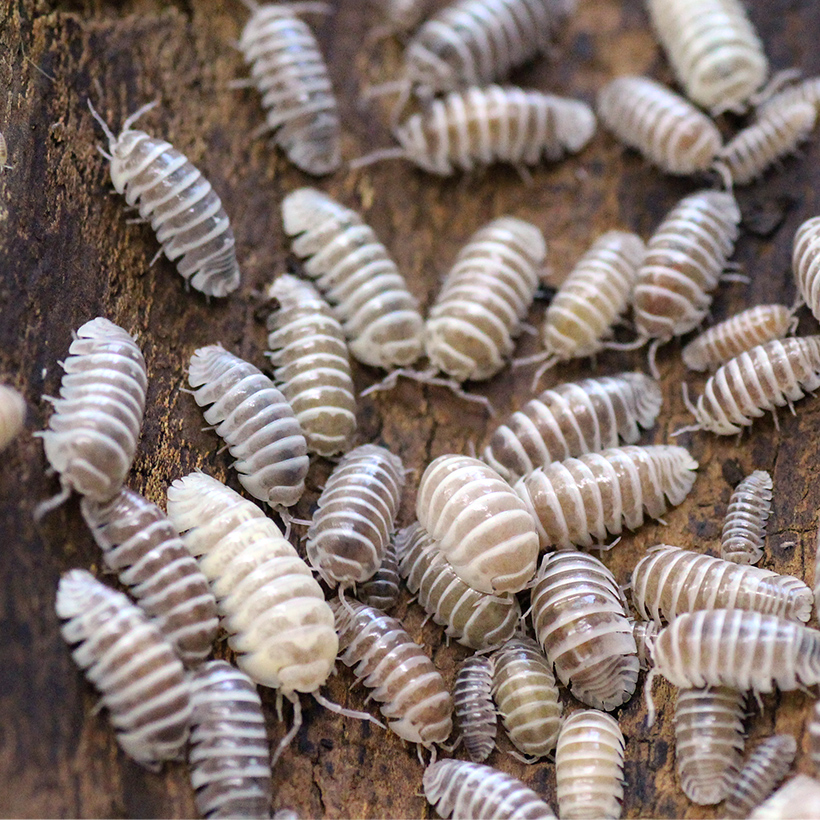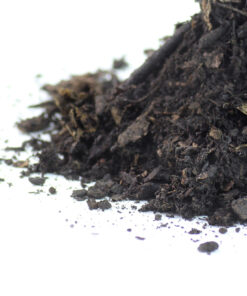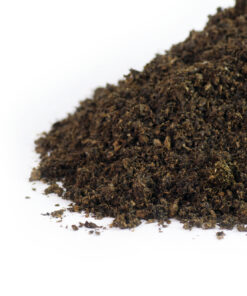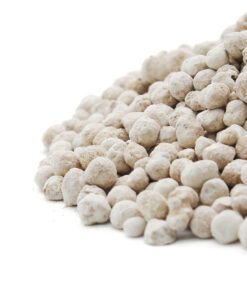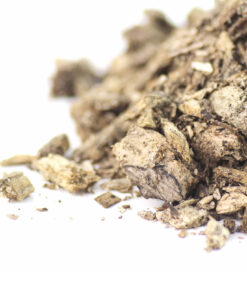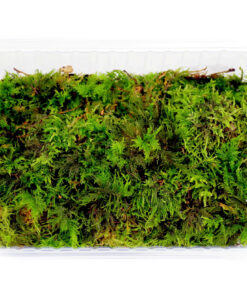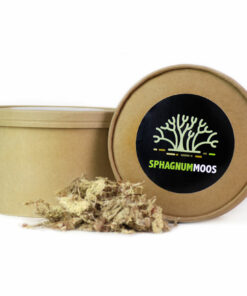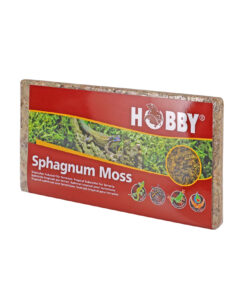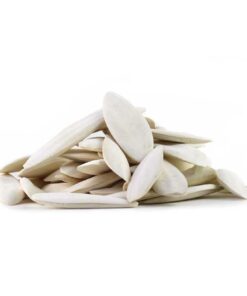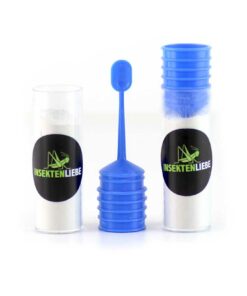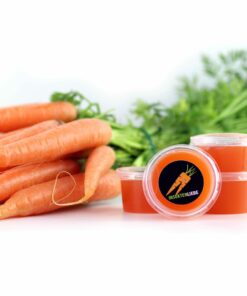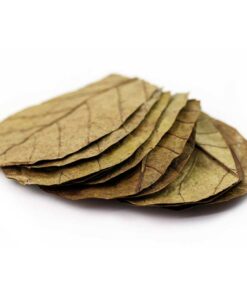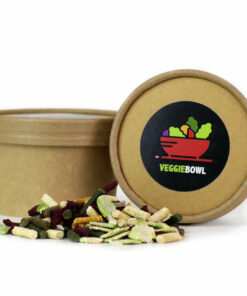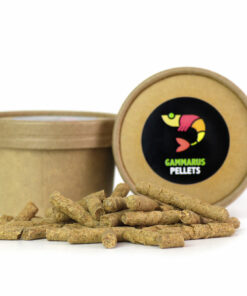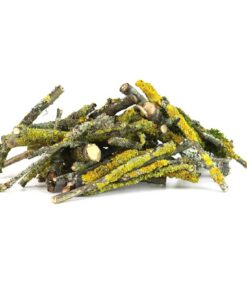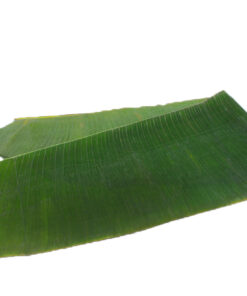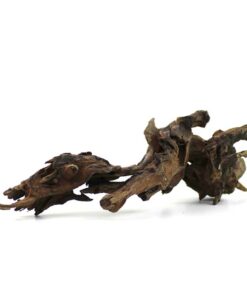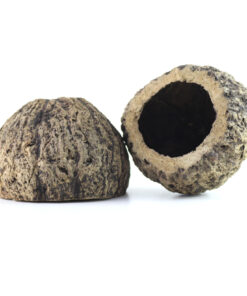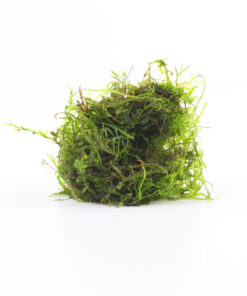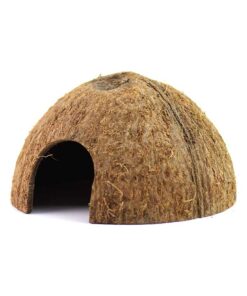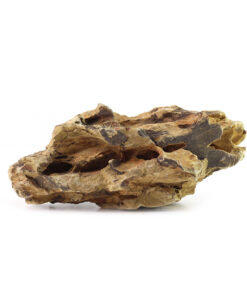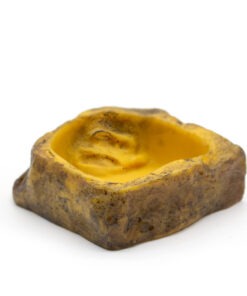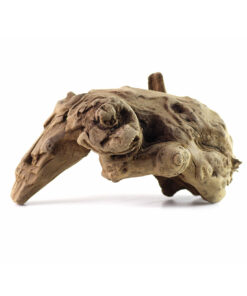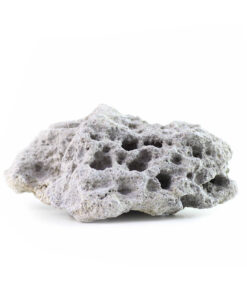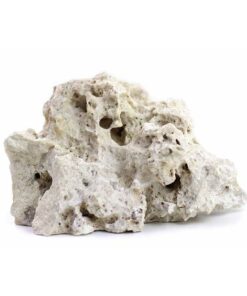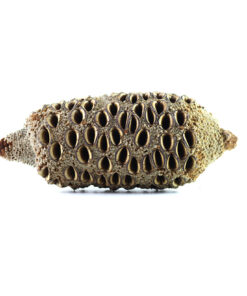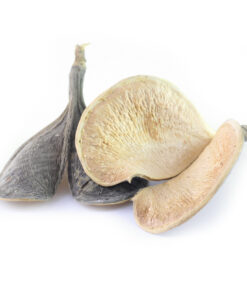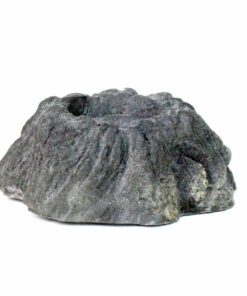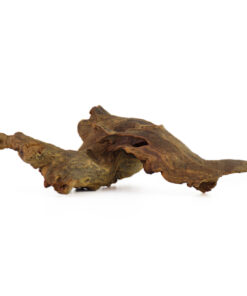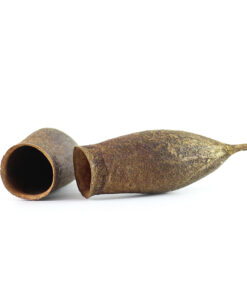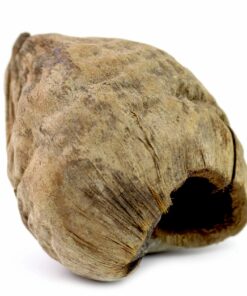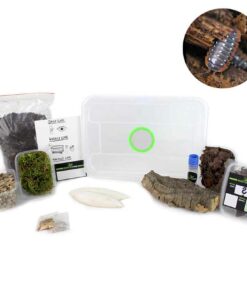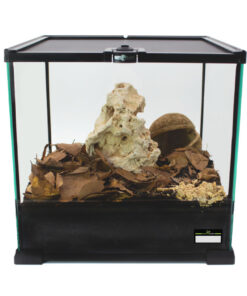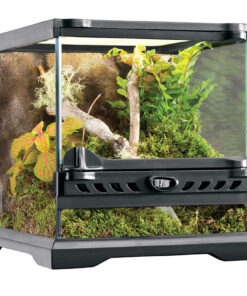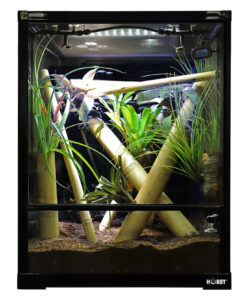Armadillidium maculatum “Champagne”
40,00 € Incl. VAT plus shipping
Popular species with new colouration!
SKU: 331
Categories: All Isopods, Pill Bugs (Armadillidium)

Easy

France

1,8 CM

22-26 °C
Short description:
Armadillidium maculatum “Champagne” is a bred out colour mutation. The animals we offer have been selected by ourselves. Instead of the black base colour, this colour variation has a brown to beige colouration. This results in a relatively “colourful bunch”, as you can see very nicely in the product picture. The young isopods are born relatively dark brown and lighten in colour during the growth phase. We also have Armadillidium maculatum “Paradox Champagne” in this breeding group. We are currently breeding these out. The keeping, size and reproduction rate still correspond to the wild Armadillidium maculatum.
Armadillidium maculatum, or zebra isopod, is a medium-sized isopod species from the Mediterranean region and southern France. The animals grow up to 1.8 cm and owe their name to their appearance. It takes about 6 months for the young animal to become an adult. This species is robust and easy to breed. A female can produce up to 4 litters per year, each with up to 300 young isopods. The species is quite eager to show off, but in a large tank you should choose a correspondingly higher initial stocking to be able to observe the animals. Like all woodlice, Armadillidium maculatum “Champagne” can curl up into a closed ball in case of danger.
Keeping a group of Armadillidium maculatum “Champagne” is already possible in containers with a capacity of 5l or more. It is important to know that this isopod species will not reproduce if there is not enough space. Since the natural habitat of the zebra isopod is the litter layer in deciduous forests, special attention should be paid to this. If you want to design the terrarium close to nature, choose a substrate layer of deciduous forest humus, leaves and white rotten wood, approx. 10 cm high. Moss, pieces of bark and leaves should be placed on top of this layer of substrate. On the one hand these things serve as shelter, on the other hand as food and to keep the humidity in the tank. The tank for Armadillidium maculatum “Champagne” should always be kept moist. However, waterlogging should be avoided at all costs. A humidity of 60-80 % will normally settle by itself with regular spraying. The temperature in the tank should be between 22 and 26°C. The animals need lime to build up their shell, which can be given in the form of cuttlefish, crushed eggshells or similar. The white rotten wood and the foliage in the substrate serve as food. In addition, vegetables, fruit, blossoms and isopod food is readily accepted.
Essentials for Armadillidium maculatum “Champagne”!
2,00 € – 8,75 € Incl. VAT plus shipping
-25%
0,25 € – 2,50 € Incl. VAT plus shipping
1,99 € – 7,99 € Incl. VAT plus shipping
2,50 € – 12,00 € Incl. VAT plus shipping
3,00 € – 12,00 € Incl. VAT plus shipping
3,50 € Incl. VAT plus shipping
-19%
4,50 € Incl. VAT plus shipping
-26%
-16%
4,99 € – 23,50 € Incl. VAT plus shipping
-24%
1,00 € – 115,00 € Incl. VAT plus shipping
2,50 € Incl. VAT plus shipping
-41%
1,25 € – 10,00 € Incl. VAT plus shipping
2,50 € Incl. VAT plus shipping
4,99 € Incl. VAT plus shipping
3,99 € – 49,99 € Incl. VAT plus shipping
4,99 € Incl. VAT plus shipping
3,99 € Incl. VAT plus shipping
3,99 € Incl. VAT plus shipping
3,99 € Incl. VAT plus shipping
3,99 € Incl. VAT plus shipping
2,95 € Incl. VAT plus shipping
9,90 € Incl. VAT plus shipping
2,79 € Incl. VAT plus shipping
2,50 € – 12,00 € Incl. VAT plus shipping
3,00 € – 12,00 € Incl. VAT plus shipping
3,50 € – 24,99 € Incl. VAT plus shipping
5,49 € Incl. VAT plus shipping
3,99 € Incl. VAT plus shipping
4,99 € Incl. VAT plus shipping
3,99 € Incl. VAT plus shipping
4,99 € Incl. VAT plus shipping
-20%
14,99 € Incl. VAT plus shipping
9,99 € Incl. VAT plus shipping
9,90 € Incl. VAT plus shipping
9,49 € Incl. VAT plus shipping
7,99 € Incl. VAT plus shipping
1,10 € – 2,49 € Incl. VAT plus shipping
-14%
2,90 € – 25,00 € Incl. VAT plus shipping
1,49 € Incl. VAT plus shipping
7,99 € Incl. VAT plus shipping
1,98 € Incl. VAT plus shipping
2,99 € Incl. VAT plus shipping
4,99 € Incl. VAT plus shipping
13,99 € – 33,95 € Incl. VAT plus shipping
19,99 € – 28,99 € Incl. VAT plus shipping
-5%
-18%
50,49 € – 132,99 € Incl. VAT plus shipping
-34%
79,99 € – 159,00 € Incl. VAT plus shipping
| Weight | 01 g |
|---|---|
| Dimensions | 10 × 10 × 10 cm |
| Quantity | 25 Animals, 12 Animals |



